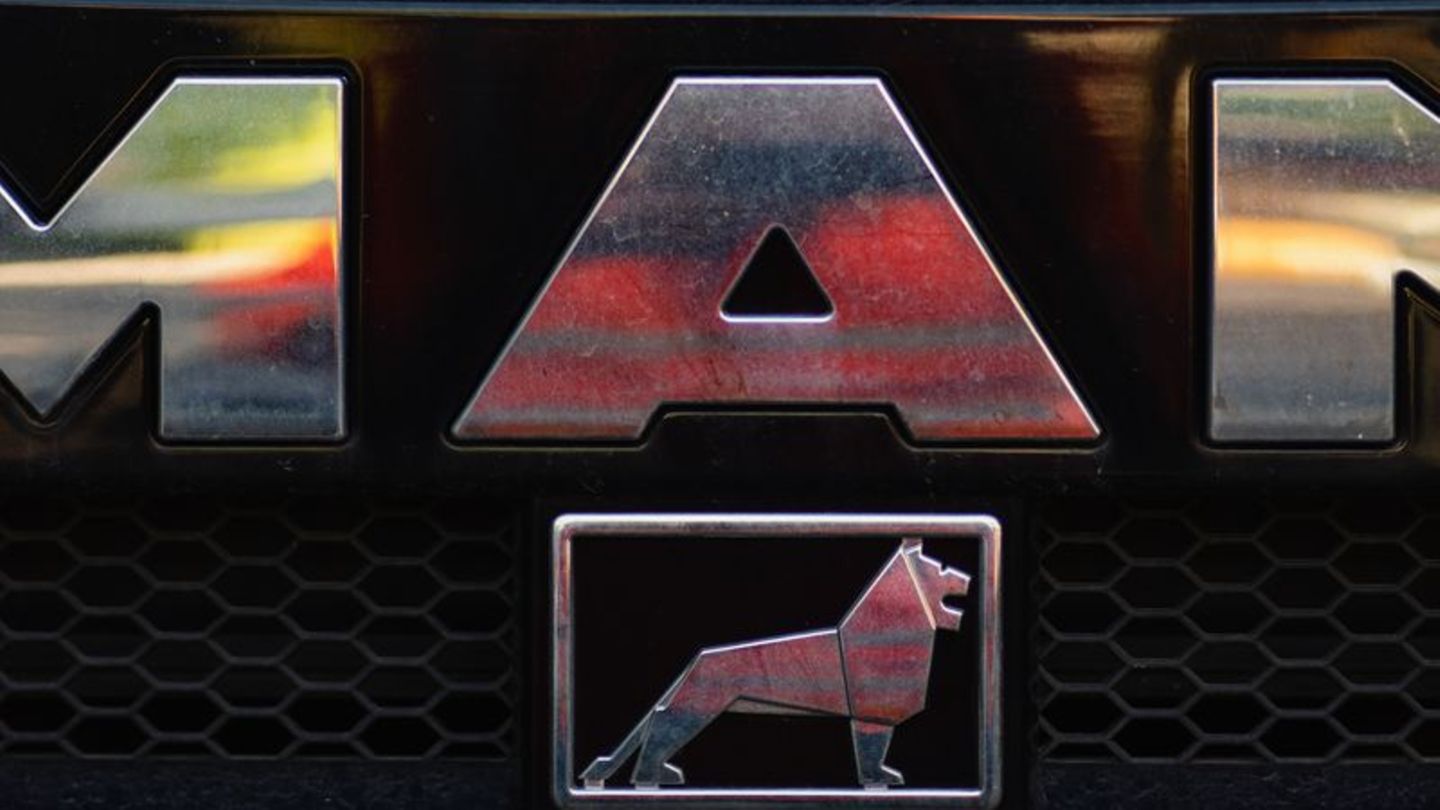Autonomous trucks from MAN have been driving tests on the A9 for a few days. Daimler wants to go into series production as early as 2027. The question is where the customers will participate.
MAN is testing its driverless trucks on the highway. Today, Federal Transport Minister Volker Wissing (FDP) is also venturing on board. He wants to drive on the A9 north of Munich in a computer-controlled semi-trailer from Allershausen for almost ten kilometers to the Fürholzen-West service area and promote the new technology. The law that makes this possible goes back to his predecessor Andreas Scheuer (CSU).
The truck manufacturer MAN developed the test vehicle together with suppliers Bosch, Knorr-Bremse, Leoni, Tüv Süd and other partners and tested it on the factory’s own test site. With a special permit, it is now off to the highway for further testing. The truck is always monitored remotely by employees in a control center and, if necessary, controlled, as MAN spokesman Gregor Jentzsch emphasizes. There is also a safety driver at the steering wheel who can intervene at any time.
Expected to be a billion-dollar business
Truck manufacturers and suppliers are hoping for big business with self-driving trucks. Daimler Trucks has been driving self-driving trucks on highways in the USA for a year in pilot projects with customers. It wants to bring them onto the market regularly in 2027 and generate sales of three billion dollars and profit before interest and taxes of one billion dollars by 2030, according to company spokespersons Paul Mandaiker says.
MAN has no such concrete plans yet. “In the end, it has to be worth it for a freight forwarder to purchase the technology,” said MAN spokesman Gregor Jentzsch. And lists a whole series of advantages: There is a huge driver shortage in Europe and the USA. Autonomous trucks do not have to observe driving times or rest breaks; theoretically they can drive around the clock. They won’t get tired or inattentive, and the number of accidents should decrease. Instead of driving semi-trailers with containers back and forth on the highway between Hamburg and Munich and regularly spending the night in the driver’s cab far away from home, more drivers could work in regional transport in the future, loading vehicles and delivering goods.
The shipping industry has doubts
But customers are skeptical. Self-driving trucks, “that sounds good in theory,” says Dirk Engelhardt, board spokesman for the Federal Association of Road Haulage, Logistics and Waste Disposal (BGL). Basically, he sees this as positive – but with a lot of question marks: “How often are there failures in the radio network? How does it work in heavy rain, fog, snow? At construction sites? When the road markings have faded?” Added to this are the high investment costs. Both truck manufacturers and freight forwarders will have to invest a lot of money in the switch to e-mobility in the next few years, the law stipulates that, and that is now the priority.
According to the BGL, there is already a shortage of 120,000 truck drivers in Germany alone. Every year 30,000 retire, only 15,000 join, says Engelhardt. But he doubts that autonomous trucks will help in the foreseeable future. They won’t be on public roads properly for ten years at the earliest. But without a driver? The autopilot has not made the pilot on the plane superfluous; trains will continue to be driven by train drivers. “I don’t understand why autonomous driving should find its way into road traffic, which is much more complex,” says the head of the association.
MAN has already tested autonomous trucks during transshipment in the port of Hamburg and when loading onto the railway and reported up to 40 percent efficiency gains. The shuttle service between two logistics points on the motorway should run until the end of the year, then practical projects with customers are planned, and the vehicles could then go into series production around 2030.
Pioneer USA
Daimler wants to be ready by 2027 and is focusing on the much larger US market. The volume of freight there is expected to double by 2050. “The USA, with its long highways, increasing demand for freight transport, large truck fleets and forward-looking regulatory authorities, offers an ideal initial field of application for the use of this new technology,” says company spokesman Paul Mandaiker. Overall, the USA is very positive about the use of autonomous vehicles. In the next step, Daimler could then go into series production with autonomous trucks in Europe. What is crucial for commercialization is that it can be used across borders.
Continental also relies on the USA. The German supplier group wants to mass-produce an autonomous driving system with the US software company Aurora in 2027. Aurora works with major truck manufacturers like Paccar. Demand is high, “because of the long routes, because of the lack of drivers – this will be the first market for us,” said Conti spokeswoman Jennifer Weyrich.
Source: Stern




